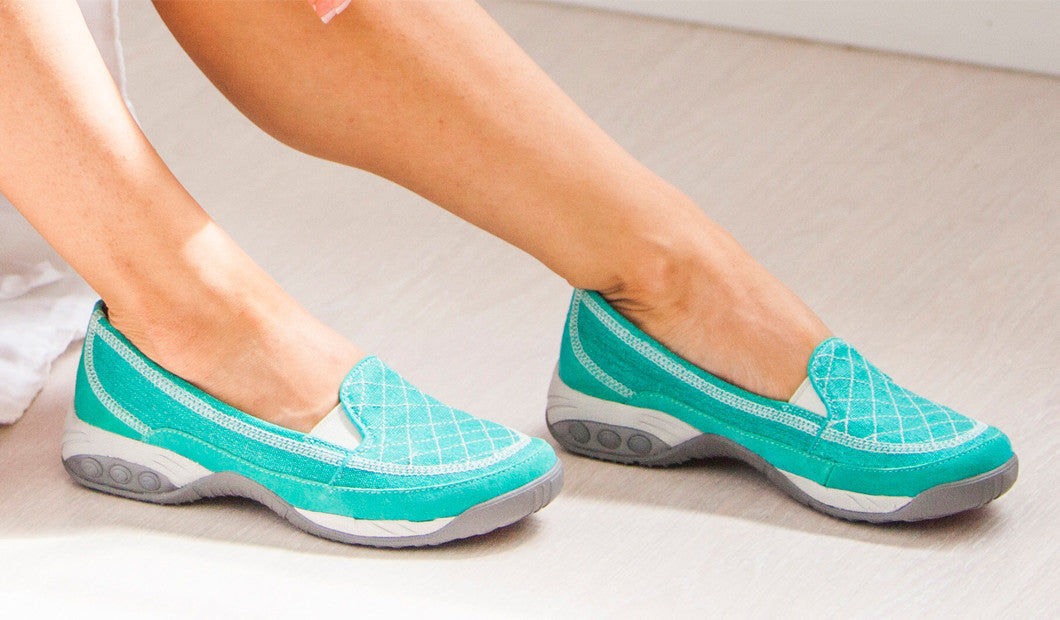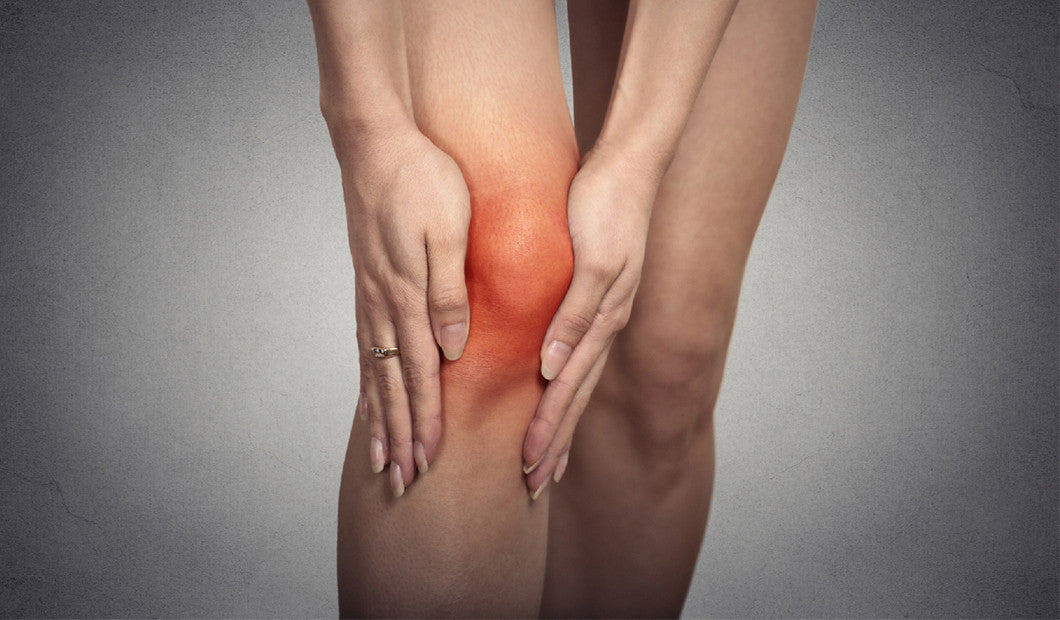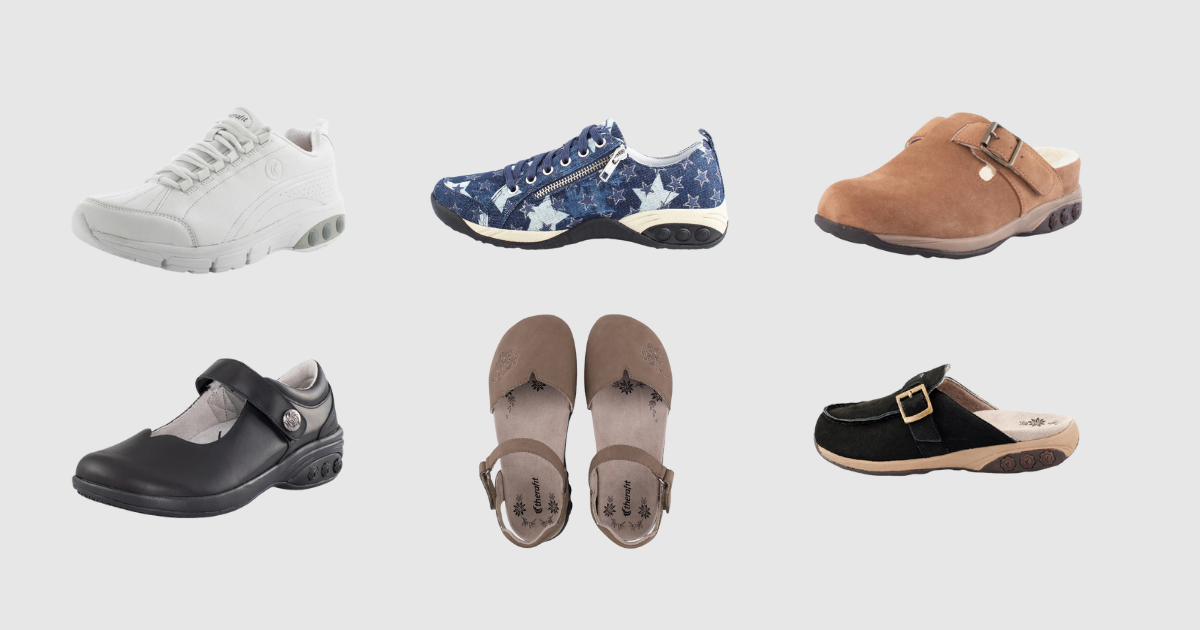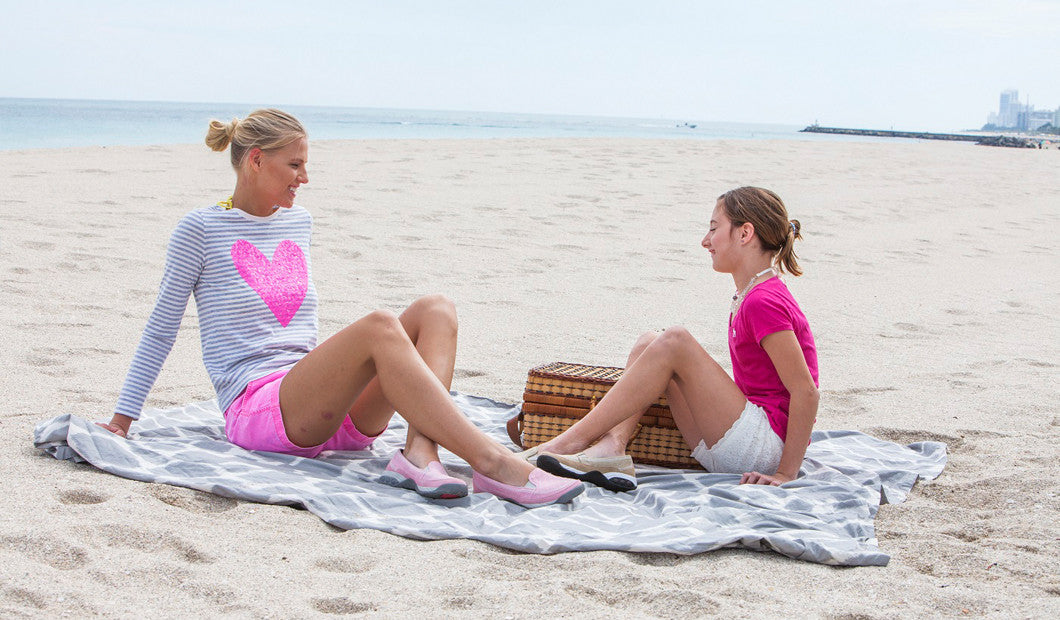Arch Pain: The Location Makes a Difference

You’re walking along, focusing on work or your children or your grocery list. But then a sharp pain shoots up from the arch of your foot. It’s so sudden you stumble.
What is this pain? What causes it? Arch pain has many forms and causes, and it all depends on where the pain is located in your foot.
Plantar Fascitis and Plantar Fibrosis

Often we immediately think of arch pain as being on the bottom or sole of the foot. And with good reason: this type of arch pain is an epidemic in the United States.
Generally people with pain in this area have the diagnosis of plantar fasciitis or plantar fibrosis, inflammation of the fascia connecting your toes to your heel. This pain is found at the back of the arch, near the heel where the fascia attaches to the heel.
Other Pains in the Bottom of the Foot
While plantar fasciitis and plantar fibrosis are the most common sources of arch pain in the bottom of the foot, they’re not the only source. You may experience pain that’s in the bottom-center of the arch, not the heel itself.
The longitudinal arch is another common location for pain. Imagine dividing your foot into a front and back section. Where these two sections come together is the longitudinal arch.
Pain can also be in the front of the arch, which is the transverse arch. In this area, the ball of your foot becomes painful when you’re pushing your body forward to take a step and transferring your weight to the other foot.
Fallen Arches and Flat Feet
However, the bottom of the foot isn’t the only place where arch pain happens. Another location for arch pain is the top of the foot. This type of arch pain often occurs because the arch is collapsing. There could be many reasons for a collapsed, or fallen, arch:
- Over-use/weakening of the soft tissues holding up the arch.
- Excessive load from athletic activity or body weight.
- Disease or degeneration (aging, arthritis, or progressive conditions).
- Serious conditions which should be diagnosed by a physician such as Charcot disease; diabetes; neuropathy; rheumatoid arthritis; Lis Franc fractures; and stress fractures.
When the arch collapses (often termed flat foot), the bones on the top of the foot jam together. If left untreated, spurs can form and the body may begin to fuse the bones together. This is the source of your pain.
-

High Arches
But what if you have a foot with a high arch? This can overload the soft tissues or bones:
- On the outside of the foot along the lateral arch.
- Behind the little toe.
- Anywhere from there to the outside of the heel.
This foot type can also jam the bones on the top of the foot from lack of shock absorption.
When Activity Isn’t the Problem
But sometimes we get these pains in the arch from living a sedentary lifestyle. The soft tissues of the foot (ligaments, tendons, muscles) will contract if not used.
If you spend a lot of time sitting or lying down for long periods of times, be pro-active. Exercise your feet or move them through a full set of range-of-motion exercises to keep the muscles active.
Select the Right Shoes to Ease the Pain
Here are some tips for finding a shoe to alleviate your symptoms:

- A shoe with lateral support (above) is best if you have high arches.
- If your feet don’t have much motion, use cushioned shoes (unless they cause your feet to hurt more).
- Sometimes we need to limit motion in shoes. Rocker-soled shoes (see below) can relieve pain in many types of feet.

It is said all human arches collapse to some degree. So no matter how your foot is shaped, ALWAYS use an arch support of some kind.
Take Care of Your Arches
Understanding your arch pain will help you choose the best treatment. But whether you have arch pain or not, keeping your feet exercised and strong is the key to an active and rewarding lifestyle.






